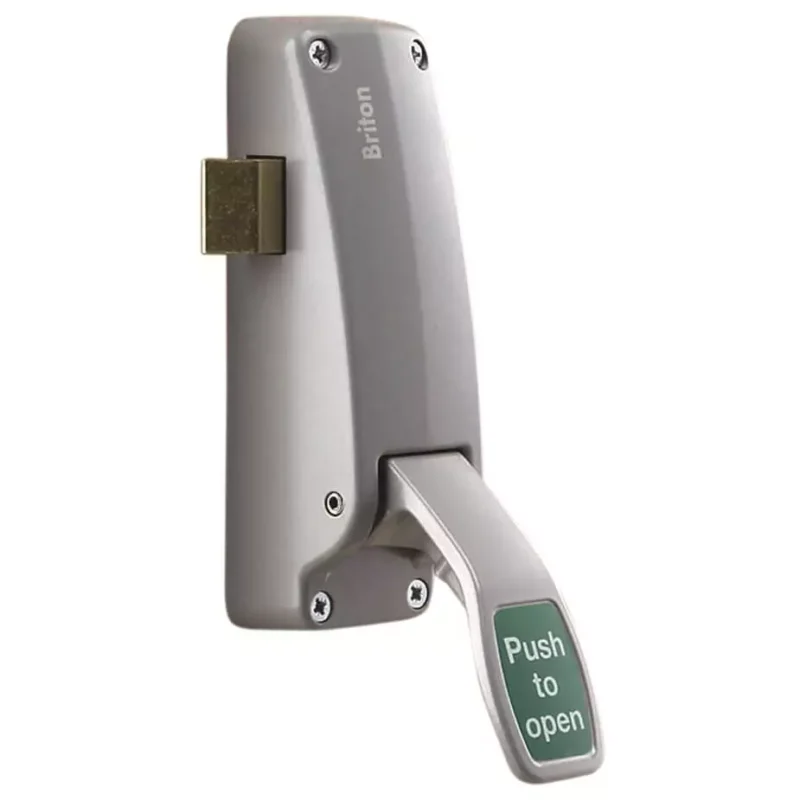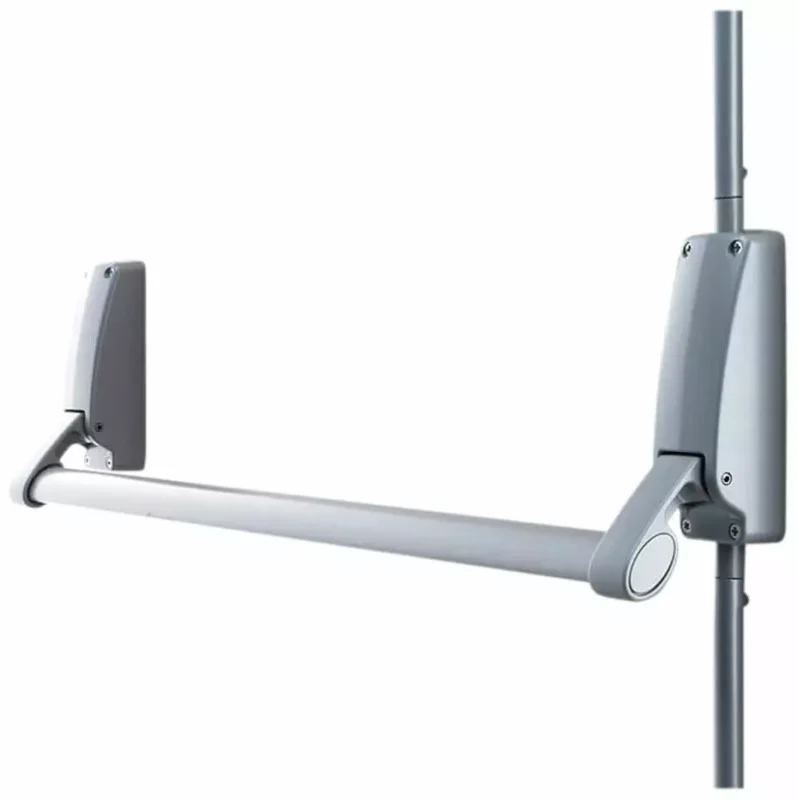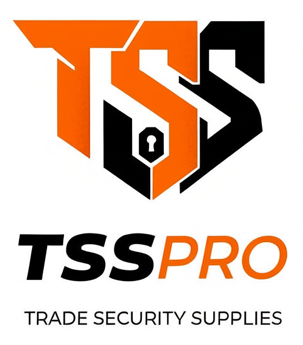Blog
Guide to Emergency Exit, and Panic Exit Doors
When identifying hardware found on emergency exit and panic exit doors, it is extremely important to ensure suitable hardware is fitted in these applications, as an error may lead to hardware being installed that is not appropriate for the users concerned. This may result in tragic consequences in a fire or emergency.
In order to be sure that the correct hardware is fitted, there are 2 main standards that apply to emergency exit hardware and panic exit hardware. These standards are BS EN 179 (for Emergency exit hardware) and BS EN 1125 (for Panic exit hardware).
What is the difference between an Emergency Exit door and a Panic Exit door?
The terms ‘Emergency’ and ‘Panic’ have very different and very important meanings when used in relation to door hardware. Depending on which of these terms a particular door belongs to, will determine the performance requirements of the hardware which is fitted to it.
BS EN 179 covers hardware used on Emergency Exit Doors, so let’s take a look at the scope of that standard first;
BS EN 179 FOR EMERGENCY EXIT DOORS
This standard applies when a hardware device is to be fitted to a door where the users are familiar with the exit itself, and the hardware that is fitted to it. For example, trained staff in an office, who are aware of the escape route and who are previously trained on how to operate the escape doors and what to do in an emergency. Due to the familiarity all users are likely to have with the building and its escape procedures, it is deemed unlikely that a panic situation will develop and therefore the hardware can consist of items such as single push pad actuators, or lever handles, as long as the hardware conforms to BS EN 179. The hardware should allow safe and effective escape with one single operation to release the device.

BS EN 1125 however covers hardware used on Panic Exit Doors. Here is an overview of this standard;
BS EN 1125 FOR PANIC EXIT DOORS
This standard applies when a hardware device is to be fitted to a door where the users are not expected to be familiar with the exit itself or the hardware that is fitted to it. This may include public areas or areas likely to be occupied by people not trained in the building’s emergency procedures, such as in shops, restaurants, public buildings entertainment venues, etc. The Hardware fitted to these doors is required to perform its task without the user having any training or prior knowledge of how to use it. It should also require the minimum amount of effort to operate. These characteristics are what make it suitable for use in environments where a panic situation is likely to develop.

So, which do I need?
By understanding which of the 2 standards detailed above is most likely to be required of the hardware you are installing, consideration must be made to where the door is fitted, and who is likely to be using it. Where previous equipment is being replaced, and the existing hardware is still present, it can be checked to see which standard is satisfied previously. Ultimately however it is possible that previous hardware may have been inappropriate to begin with, and so it is always necessary to consider the building’s use and occupancy.
All best practice guides recommend that where there is any doubt as to the building’s occupancy, devices conforming to BS EN 1125 should always be used as these will satisfy the minimum requirements of both standards.








